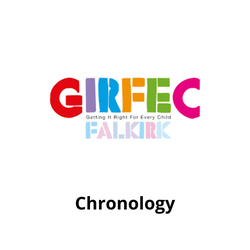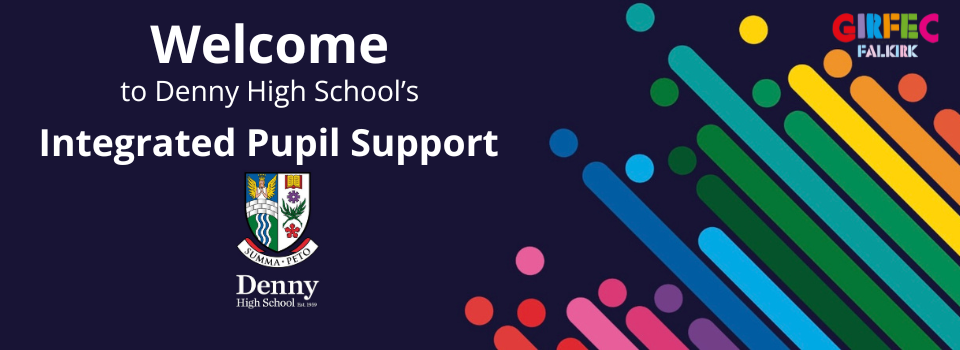
What is a Chronology?
- The Child’s Plan chronology should be used in partnership with children, young people, families and practitioners to promote understanding of the child or young person’s wellbeing, including understanding of risk.
- A chronology is a single or multi-agency written record of significant events both strengths and concerns in the order they occur, in the life of the person.
- The chronology will inform analysis, but is not in itself an assessment.
- It is regularly updated and can be analysed for patterns of behaviour or incidents, and for the impact which these behaviours have had on the individual’s life.
- It helps everyone to better understand needs and risks which then informs planning and intervening for the future.• reflects relevant experiences and impact of events for child and family
- Must comply with information sharing guidance and should only include information extracted from single agency chronologies that is relevant and proportionate to the concern or intervention.
A chronology:
• a comprehensive case record and cannot substitute for such records
• is not a list of exclusively adverse circumstances
What is a Significant Event?
Anything that has or may have a significant positive or negative impact on the wellbeing or future development of this individual. Significant events will not be the same for each person – even within the same family. There can be no fixed list. What determines a significant event will always require professional judgment.
Single Agency Chronology
Named persons and other agencies will have a single agency chronology when children have a plan. In Denny High we use OTB Chronology to do this.
Multi-agency chronology:
The Lead Professional will create a multi-agency chronology for each child from the single agency chronologies provided by other agencies. In Denny High we would be able to extract all chronology entries from OTB and share with a Lead professional from Social Work for example. Contribution to the chronology is a collective responsibility. Forming a chronology will help to assess needs and risks through a shared analysis and understanding of strengths and concerns over time.
The Lead Professional must be clear about the purpose of the multi-agency chronology and what should proportionately be included. The chronology should be used as a working tool with children and families to make sense of their own history, to reflect on their own or other people’s decisions or behaviours and help them understand the impact of events on the wellbeing and safety of the child.
Additional Examples of Chronology Entries on OTB
- Police Concern Report log (include PCR number and the password end number in brackets)
- IRD Call
- Child Protection concern
- Exclusion
- Social Work – update
- TAC meeting
- Confidential information (family, health, mental health…)
- Looked After Child review
- Children’s Hearing
- Child Protection Core Group or Case Conference
- Change to family circumstances
- Starting or finishing a targeted intervention – school based or external agency

